Facilitating Continuous Improvement: Strategies and Implementation
VerifiedAdded on 2023/06/11
|5
|798
|322
Essay
AI Summary
This essay provides a detailed overview of facilitating continuous improvement within organizations, emphasizing the significance of the Plan-Do-Check-Act (PDCA) cycle and employee involvement in decision-making. It highlights the importance of effective communication with stakeholders, including customers and investors, to foster trust and understanding during transitions. The essay also differentiates between training, coaching, and mentoring, underscoring their respective roles in enhancing individual and organizational performance. Tools like the SIPOC model and pie charts are discussed for their utility in documenting business processes and representing data. Furthermore, the essay addresses time wasters, skills monitoring, process monitoring, and the creation of action plans. It also touches upon employee reward systems and the relationship between cost and quality, explaining common and special causes of variance in organizational processes. The document concludes by referencing relevant literature on continuous improvement.
1 out of 5
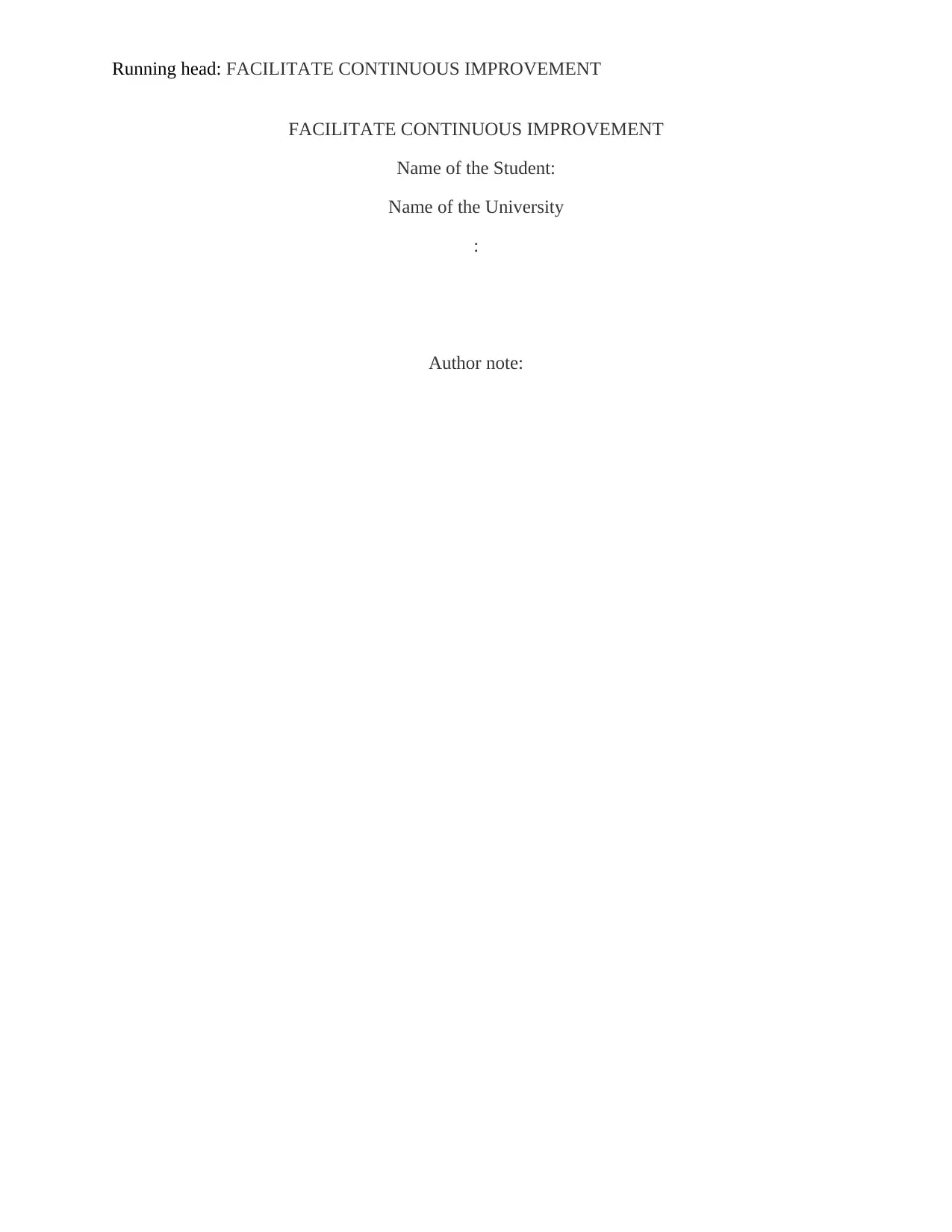
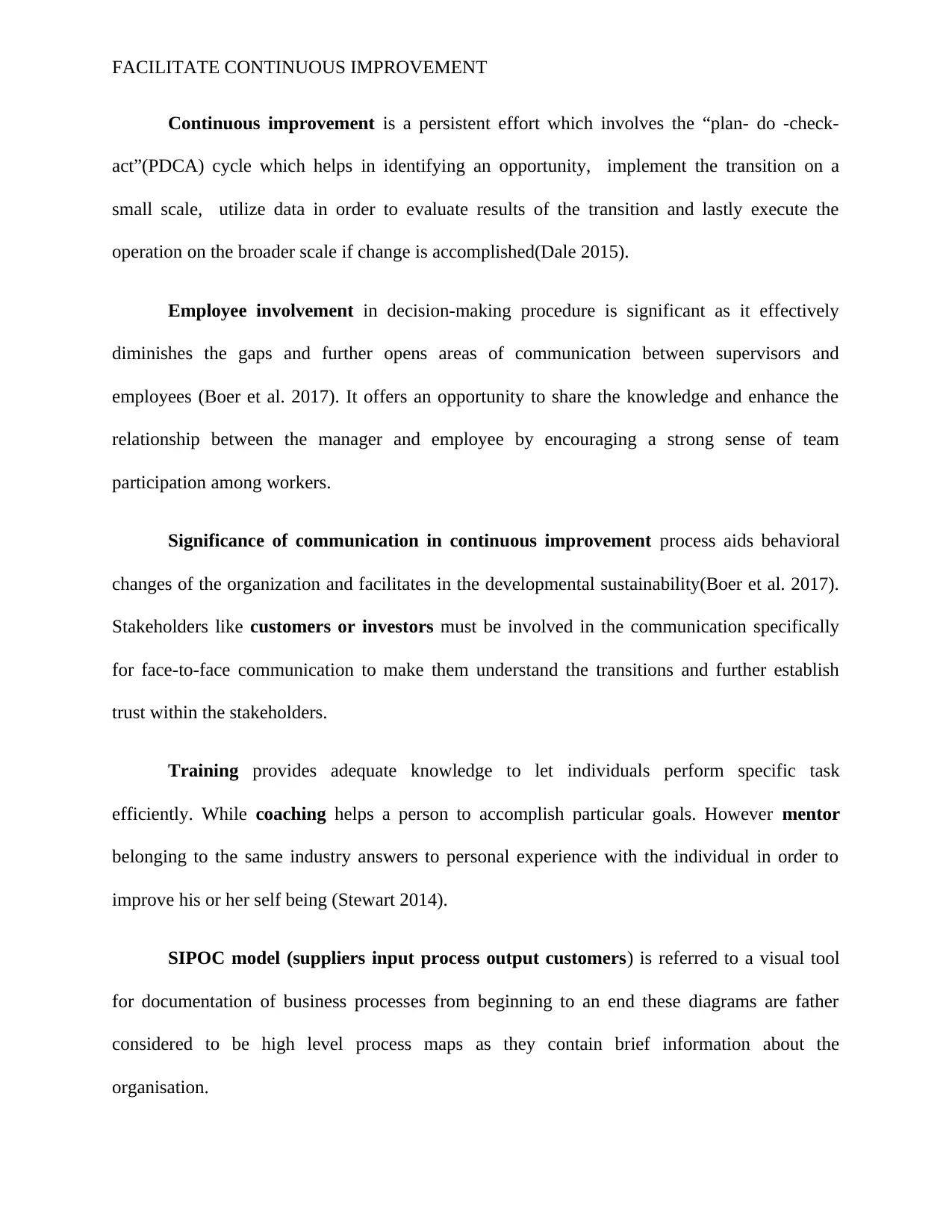
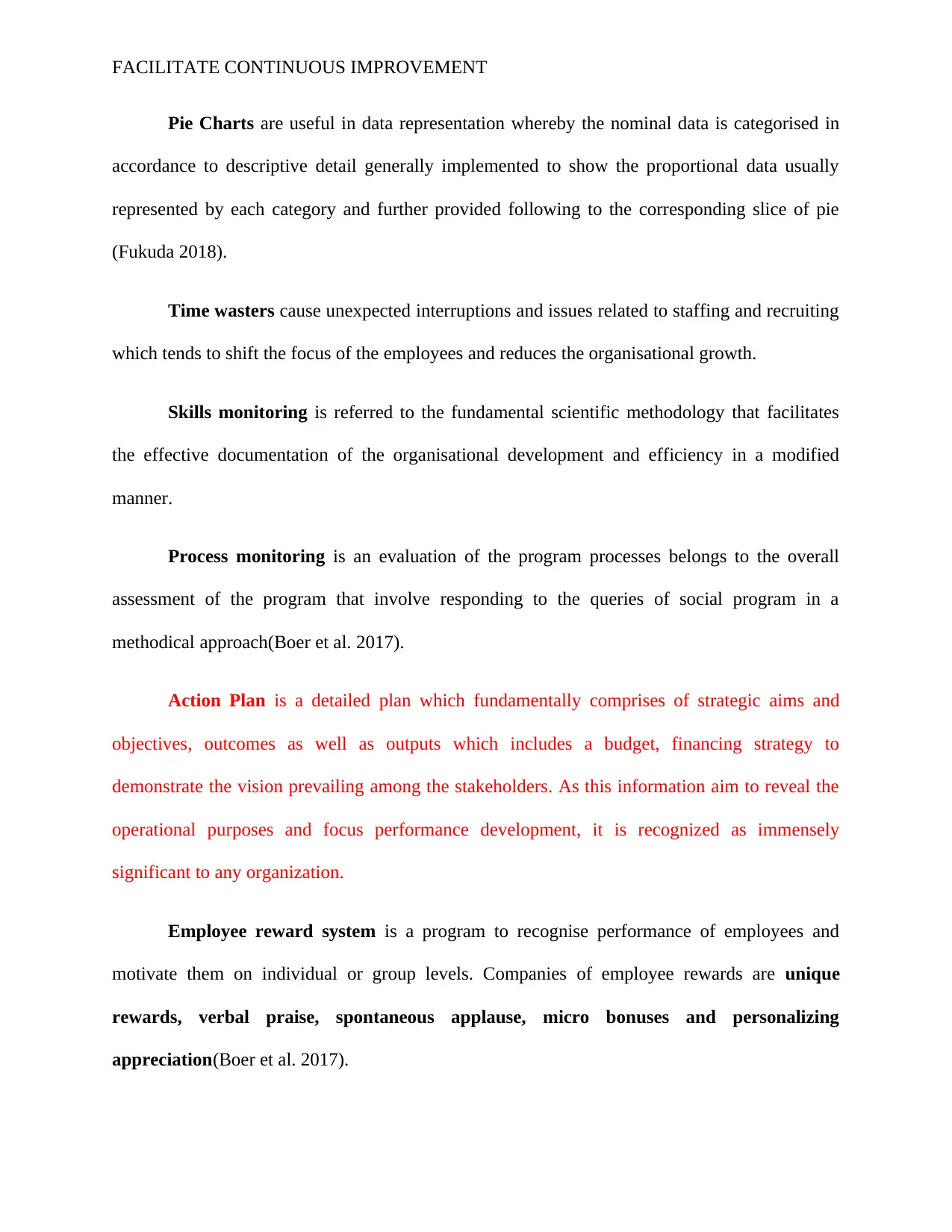

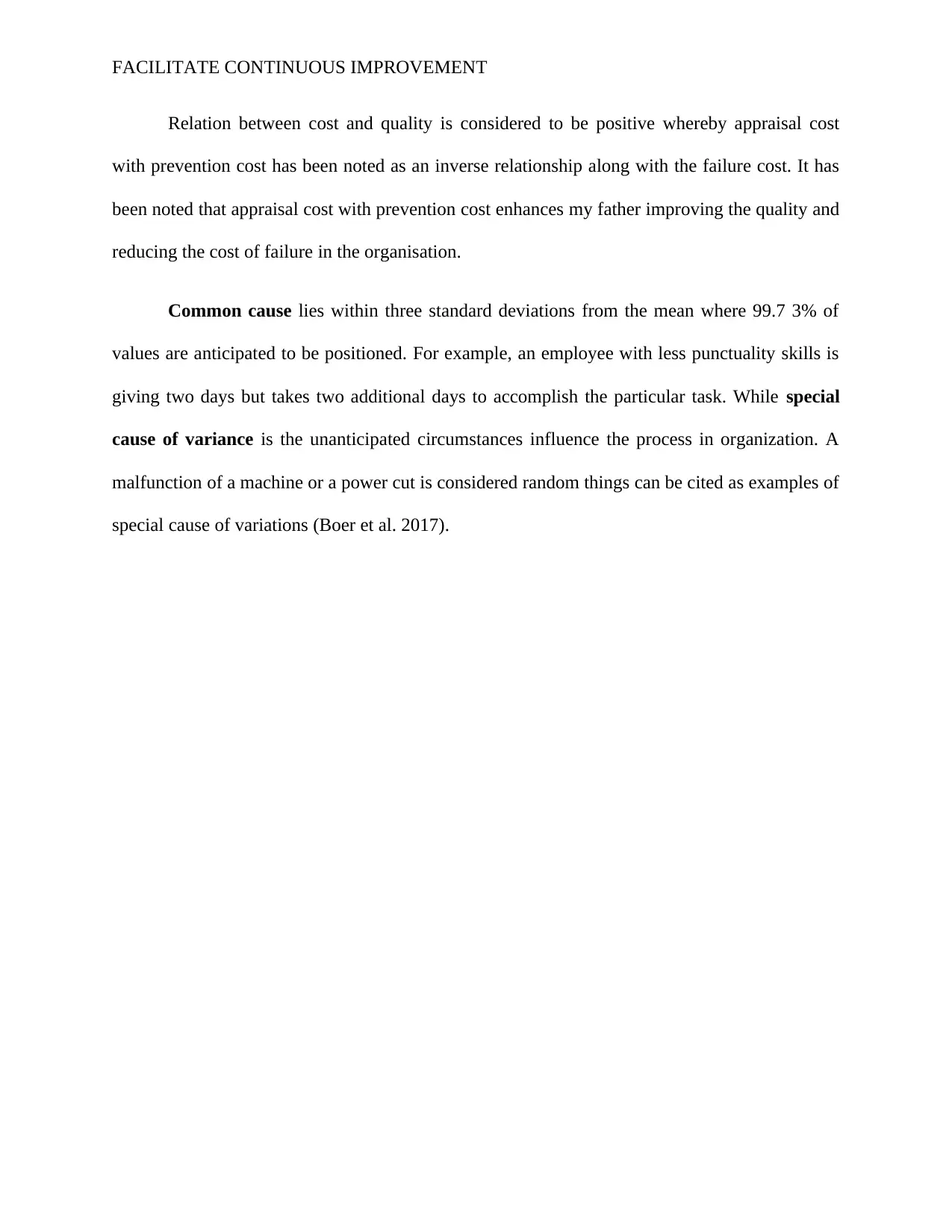
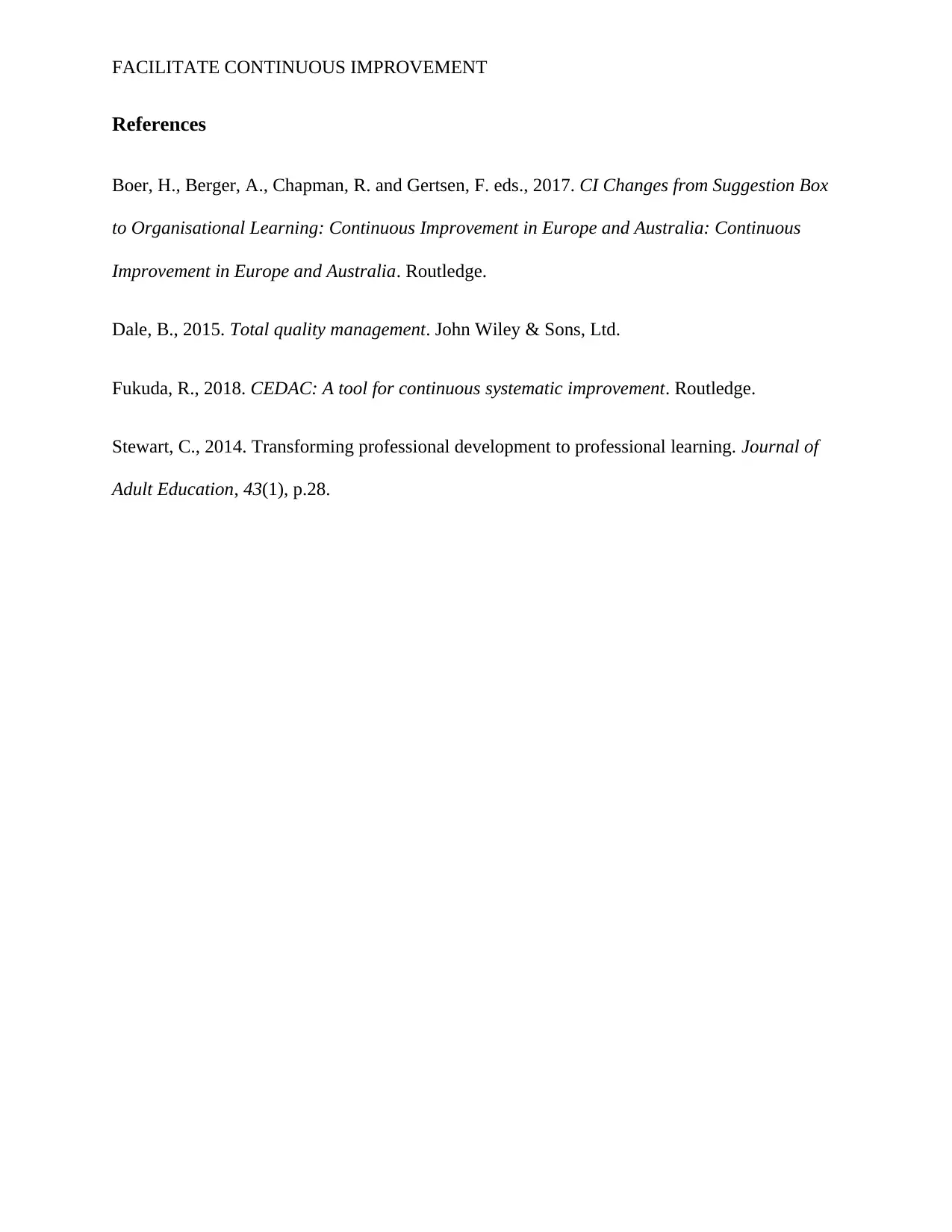





![[object Object]](/_next/static/media/star-bottom.7253800d.svg)